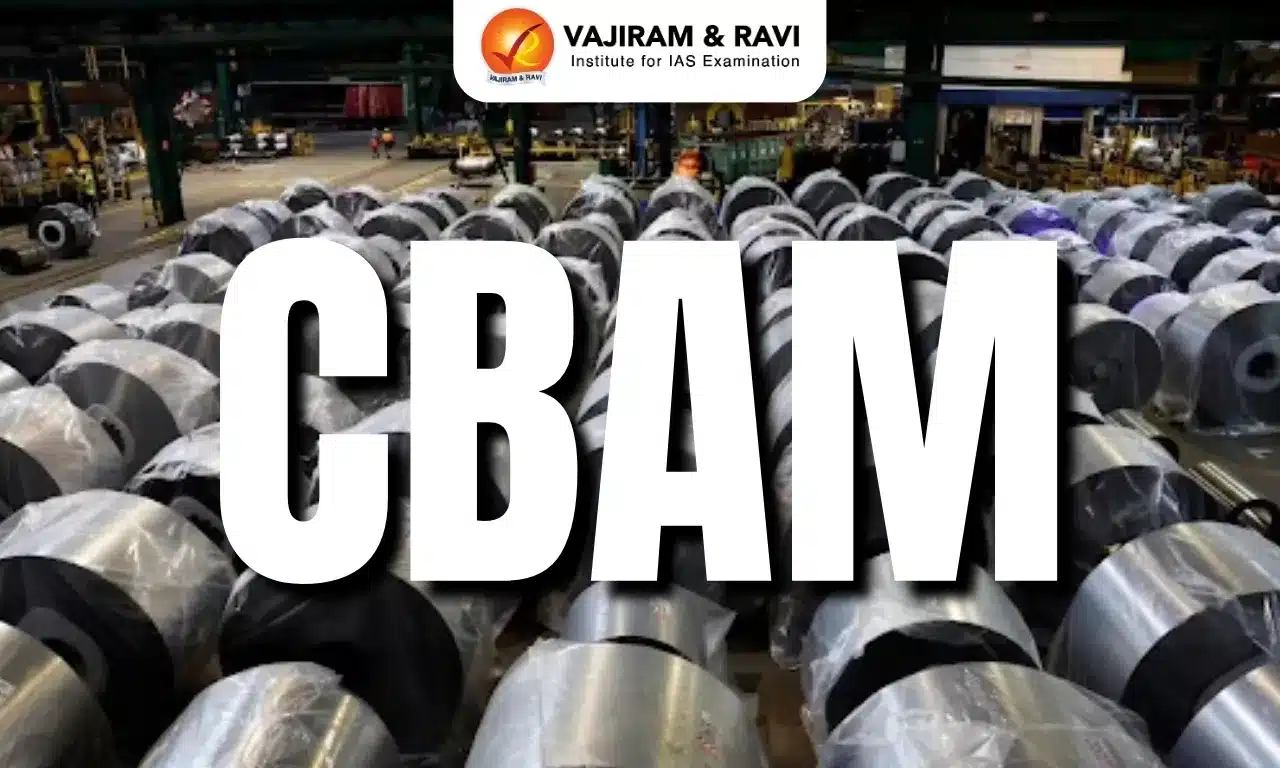AI Warfare Latest News
- As warfare undergoes a seismic transformation with the rise of artificial intelligence, countries like China are rapidly integrating AI into multi-domain military operations, posing strategic challenges for nations like India.
- This article explores how AI is reshaping modern battlefields—from autonomous weapons and data-driven decision-making to electromagnetic and cyber warfare—and underscores the critical role of energy infrastructure, especially nuclear power, in sustaining this AI-driven defence future.
- It highlights the urgency for India to bridge its technological and energy gaps to remain competitive in this evolving agentic age of warfare.
China’s Early Lead in Military AI Deployment
- Even before the launch of the DeepSeek AI model, China’s People’s Liberation Army had begun integrating AI into its core military functions under the concept of “intelligentised warfare.”
- China is using AI to improve artillery systems by reducing firing intervals and increasing accuracy, enhancing operational efficiency on the battlefield.
- The PLA is integrating generative AI into drones to autonomously detect and strike enemy radar systems with high precision.
- The technological advancements of DeepSeek are expected to further bolster China’s efforts to expand AI capabilities across its armed forces.
China-Pakistan AI Collaboration: A Growing Concern for India
- Experts warn that China’s active assistance to Pakistan’s Centre of Artificial Intelligence and Computing (established in 2020) is a strategic threat, with a focus on cognitive electronic warfare and AI-enabled decision-making.
- They revealed that during Operation Sindoor, Pakistan possibly used AI-backed capabilities—enabled by Chinese satellite data and backend analysis—for real-time targeting and vector tracking.
C4ISR and Civil-Military Fusion: A Strategic Imperative
- There is a great emphasis on C4ISR (Command, Control, Communications, Computers, Intelligence, Surveillance and Reconnaissance).
- Also, the expertise in virtual domains like cyberspace, space, and the electromagnetic spectrum highlights the need for India to accelerate its civil-military integration and tech capabilities.
- While China leads in implementing multi-domain warfare strategies, India is still catching up.
- The collaboration between China and Pakistan underscores the urgency for India to develop indigenous capabilities in AI, cyber warfare, and multi-domain operations.
Energy: The Hidden Backbone of Future AI Warfare
- Modern militaries must analyse data across land, air, sea, space, and cyberspace. Handling such volumes is impossible without robust AI systems—powered by massive, consistent energy supplies.
- Technologies like machine learning, big data analysis, and NLP require vast, stable electricity reserves.
- Nuclear energy is emerging as the most viable source to power large AI data centres.
India’s Nuclear Shortfall: A Strategic Risk
- India’s current nuclear power capacity stands at only 7.5 GW—just one-third of South Korea’s.
- This poses a serious limitation for future AI and robotics-led defence capabilities.
- Experts advocate placing Small Modular Reactors (SMRs) next to AI data centres to create a self-sustained defence tech ecosystem—enabling smart drones, robots, and next-gen weaponry.
- India’s overdependence on renewables without proper storage and the earlier reduction in thermal capacity have destabilized the grid.
- SMRs and private sector thermal investments are now being reconsidered as long-term solutions.
India’s Early Foray into Military AI
- India began its journey into AI-powered defence as early as 1986 with DRDO’s Centre for Artificial Intelligence and Robotics (CAIR), focusing on autonomous technologies in combat, surveillance, logistics, and more.
- Despite India’s head start, China’s rapid AI advances—combined with its support to Pakistan’s AI and computing initiatives—pose a growing strategic challenge.
- As per the Centre for Joint Warfare Studies, AI will power everything from autonomous weapons and predictive analytics to virtual combat simulations and cyber defence.
Global Precedents: Ukraine and Israel’s AI Use
- Ukraine has deployed AI-enabled drones, while Israel’s “Lavender” system reportedly identified over 37,000 Hamas targets, marking the Gaza conflict as the first “AI war.
Conclusion
- While AI is revolutionizing warfare, its success hinges on vast and stable energy resources—making energy strategy an inseparable part of defence preparedness.
Source: IE
Last updated on January, 2026
→ Check out the latest UPSC Syllabus 2026 here.
→ Join Vajiram & Ravi’s Interview Guidance Programme for expert help to crack your final UPSC stage.
→ UPSC Mains Result 2025 is now out.
→ UPSC Notification 2026 is scheduled to be released on January 14, 2026.
→ UPSC Calendar 2026 is released on 15th May, 2025.
→ UPSC Prelims 2026 will be conducted on 24th May, 2026 & UPSC Mains 2026 will be conducted on 21st August 2026.
→ The UPSC Selection Process is of 3 stages-Prelims, Mains and Interview.
→ UPSC Result 2024 is released with latest UPSC Marksheet 2024. Check Now!
→ UPSC Toppers List 2024 is released now. Shakti Dubey is UPSC AIR 1 2024 Topper.
→ Also check Best IAS Coaching in Delhi
AI Warfare FAQs
Q1. What is AI warfare? +
Q2. Why is China ahead in AI warfare? +
Q3. How does AI warfare affect India? +
Q4. Why is energy crucial for AI warfare? +
Q5. What must India do to catch up? +
Tags: ai warfare mains articles upsc current affairs upsc mains current affairs

















